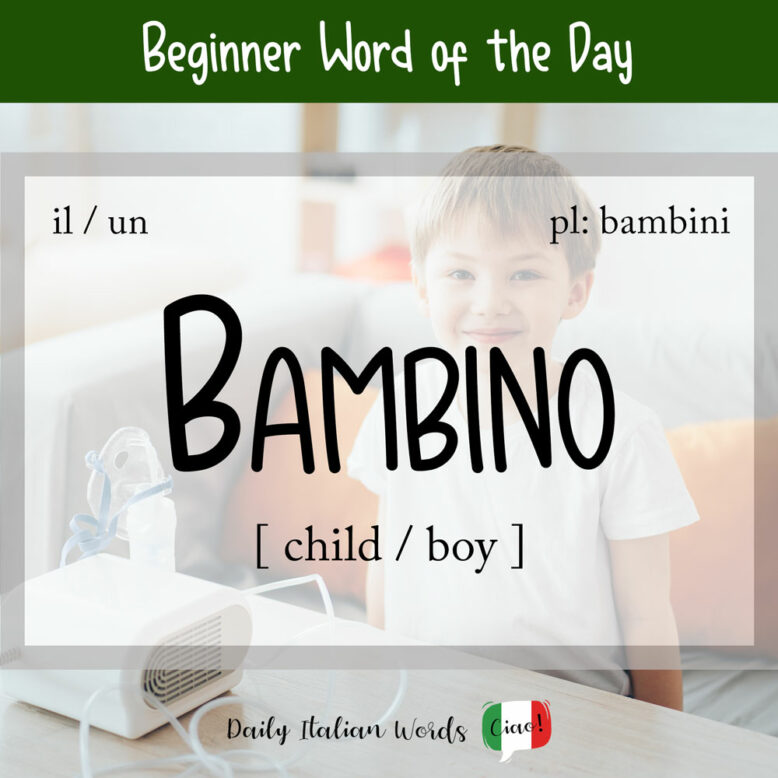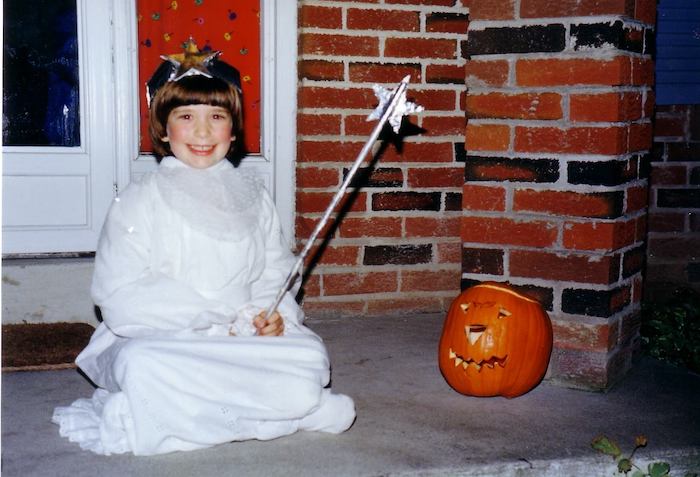I’ve always found it surprising how quickly children grow. One minute they’re in diapers, getting ready to take their first steps, and the next, they’re packing their bags for college!

The word for child or boy in Italian is bambino (plural: bambini) whereas girl is bambina (plural: bambine).
These words are used to describe any human being between the stages of birth and puberty.
Chi è quel bambino seduto sulla panca?
Who is that child sitting on the bench?
Quella bambina è molto schizzinosa: mangia solo il pane!
That girl is very picky: she only eats bread!

When talking about a newborn, the terms neonato and bebè are preferred to bambino. One exception is Baby Jesus whom they refer to as Gesù Bambino. You’ll hear the terms bambino and bambino piccolo (small child) or the affectionate bimbo much more often once the child starts to grow and gain the ability to crawl, sit up and walk.
Il bambino piccolo era incantato dal neonato.
The little boy was fascinated by the newborn.
Salutami i bimbi!
Say hi to the kids for me!
In Italian, a woman can say aspettare un bambino (lit. to wait for a child) to say that she is pregnant. Fare un bambino (lit. to make a child) means to conceive a child.
Once a child reaches puberty, the words ragazzino and ragazzina – the diminutive forms of ragazzo / ragazza – tend to be used instead of bambino and bambina. They are also used to mean youth or young kid.
Che bel ragazzino che sei diventato!
What a handsome young man you’ve become!
The word bambino can also be used to describe someone who is childish or young at heart.
Si comporta sempre come un bambino.
He always behaves like a child.
Non perdere mai il tuo animo bambino!
Always stay young at heart!
Heather Broster is a graduate with honours in linguistics from the University of Western Ontario. She is an aspiring polyglot, proficient in English and Italian, as well as Japanese, Welsh, and French to varying degrees of fluency. Originally from Toronto, Heather has resided in various countries, notably Italy for a period of six years. Her primary focus lies in the fields of language acquisition, education, and bilingual instruction.


